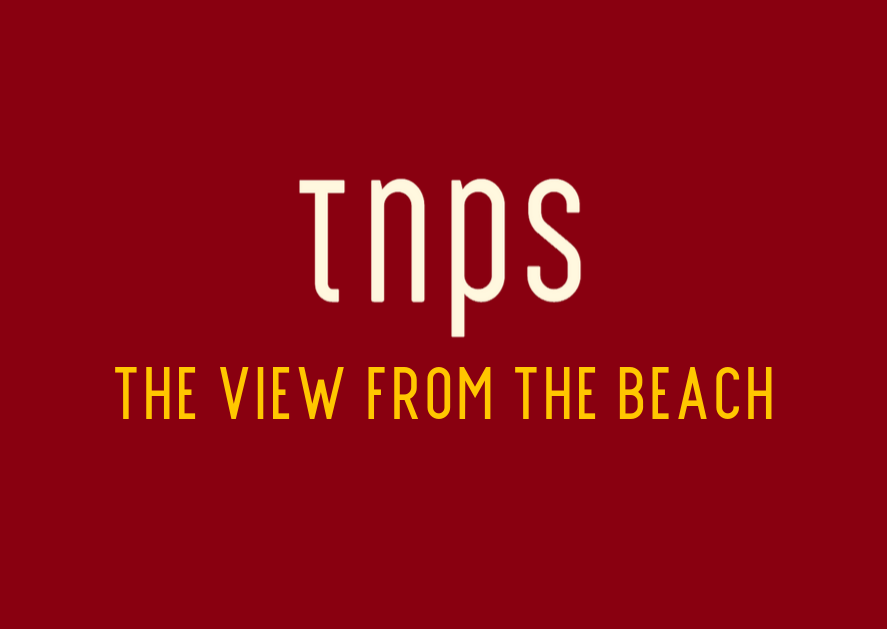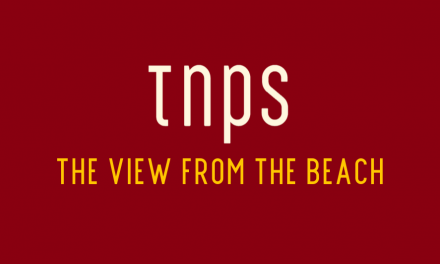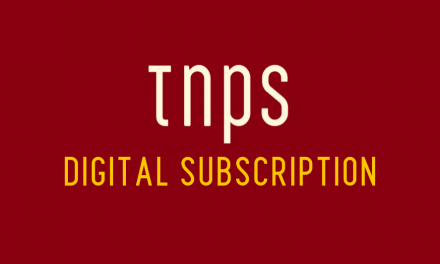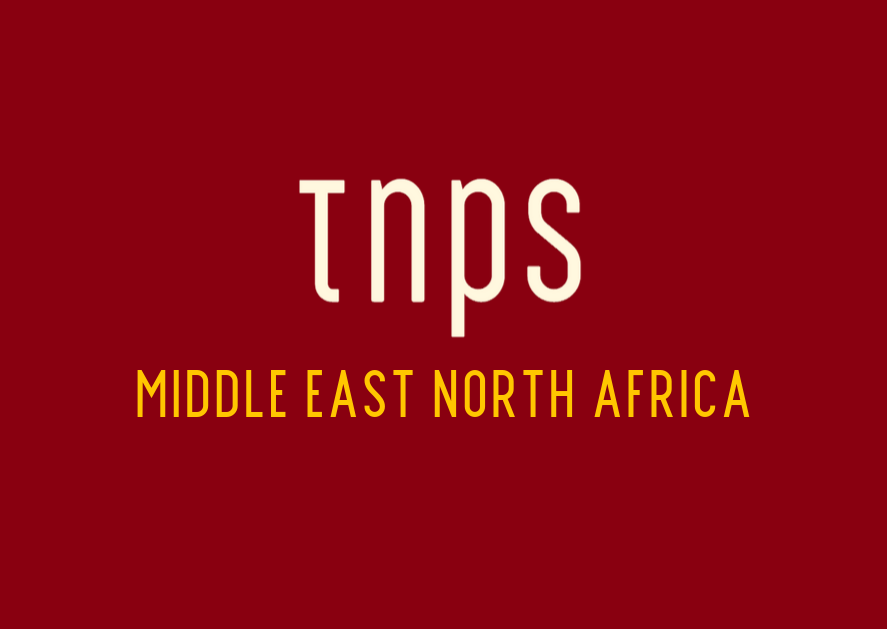Publishers need to re-evaluate the issue of piracy. If content was legally unavailable in Brazil then, ethics aside, publishers suffered no material loss by manga and anime being distributed, and years on are reaping rewards that might otherwise not exist.
At the turn of the 21st century, following anime in Brazil was a labour of love. Fans had to depend on sporadic free-to-air TV broadcasts or wait for infrequent pay-channel releases. In the absence of ready legal access, a parallel market emerged, fuelled by dedicated fans who translated, subtitled, and distributed episodes via physical and digital means. Despite these limitations, anime’s appeal grew steadily.
The Digital Transformation
Today, streaming platforms have revolutionised access to Japanese animation. Giants such as Globoplay, Netflix, Max, and Prime Video now feature extensive anime libraries.
Crunchyroll, a Sony-owned streaming service dedicated to Asian animated content, has emerged as a key player, and Brazil is Crunchyroll’s second largest market after India, demonstrating the shifting consumer landscape, where digital distribution triumphs over traditional analogue methods.
A Youthful, Diverse Audience
Crunchyroll’s marketing director, Roberta Fraissat, reveals that 85% of its subscribers belong to Millennials and Gen Z. These younger audiences consume anime with astonishing regularity—many tuning in weekly, with Sunday nights being a peak viewing period. Globoplay, too, recognises anime as a high-consumption category. This trend marks the rise of a digital-first generation that expects immediate, multi-channel access to content.
Read much more here.
Beyond Traditional Markets: The Road Less Travelled By
Western publishing has largely targeted historically well-trodden analogue markets. However, the explosive growth of anime audiences in countries like Brazil is a powerful reminder that opportunities abound in emerging digital environments. As nearly everyone worldwide owns a smartphone capable of streaming high-quality content, digital platforms have made content distribution truly global. As AI further expands distribution channels and refines audience targeting, the potential for cross-cultural success is greater than ever.
The transformation in Brazil – from a market reliant on guerrilla piracy to one flourishing with legal, high-quality streams – demonstrates that, with the right infrastructure and innovative business models, niche cultural products can achieve mainstream success.
Rethinking Attitudes to Piracy
Publishers need to re-evaluate the issue of piracy. If content was legally unavailable in Brazil then, ethics aside, publishers suffered no material loss by manga and anime being distributed, and years on are reaping rewards that might otherwise not exist.
Rethinking Global Strategies
By embracing the digital era and recognising the diverse, geographically dispersed consumption habits of today’s readers, publishers can tap into previously overlooked markets. Partnerships like that of DK Publishing with Crunchyroll to produce anime-related titles are a testament to the untapped potential in this sector.
This post first appeared in the TNPS LinkedIn newsfeed.




